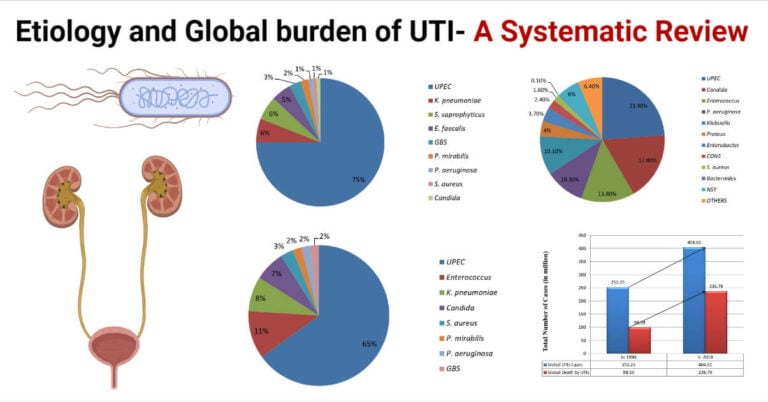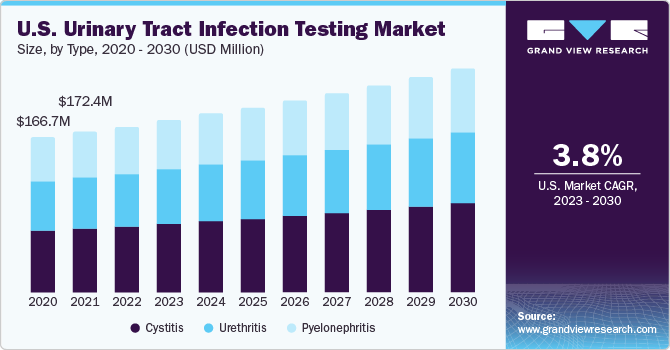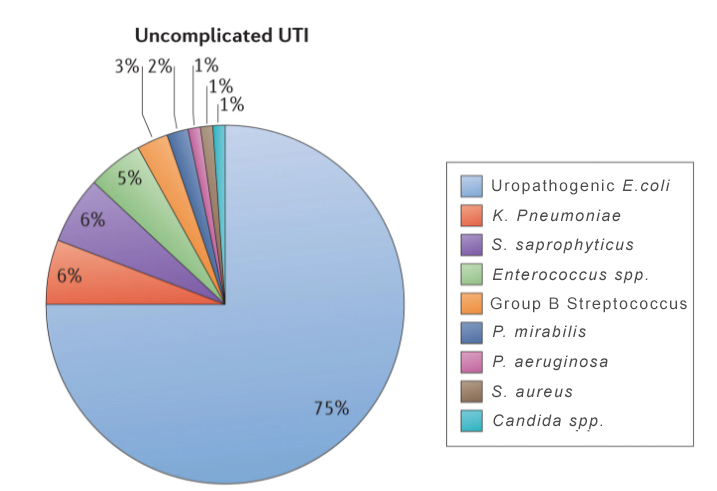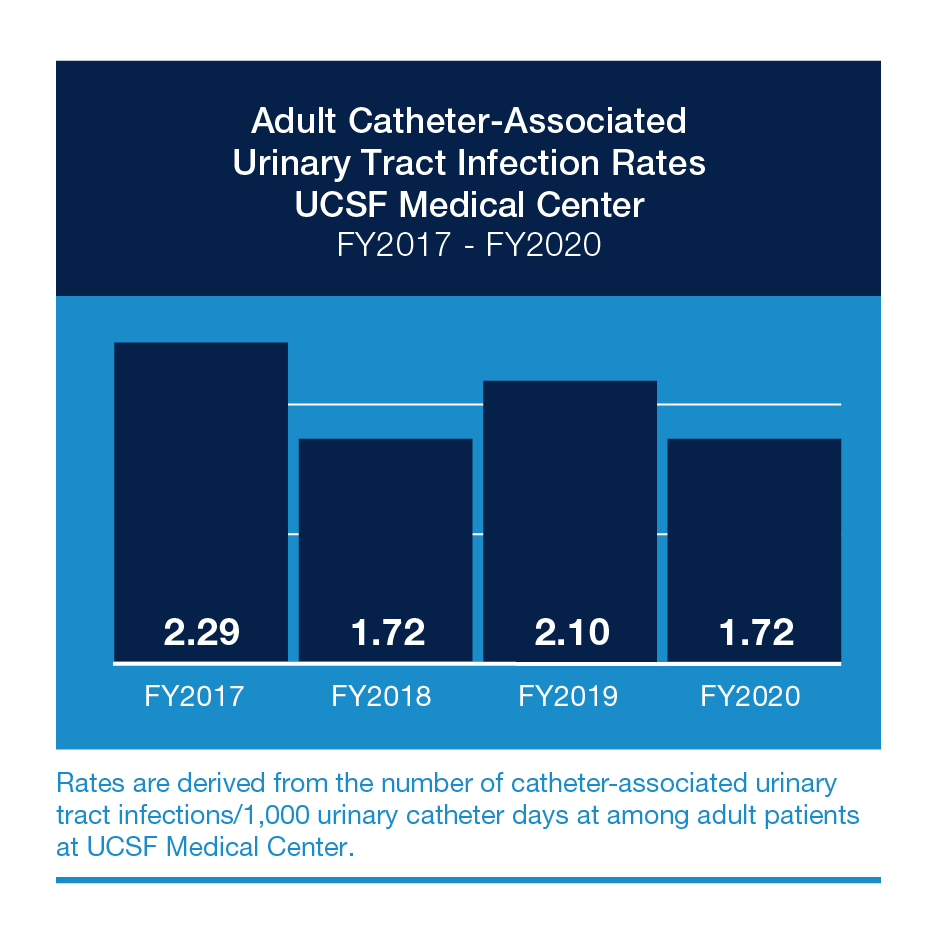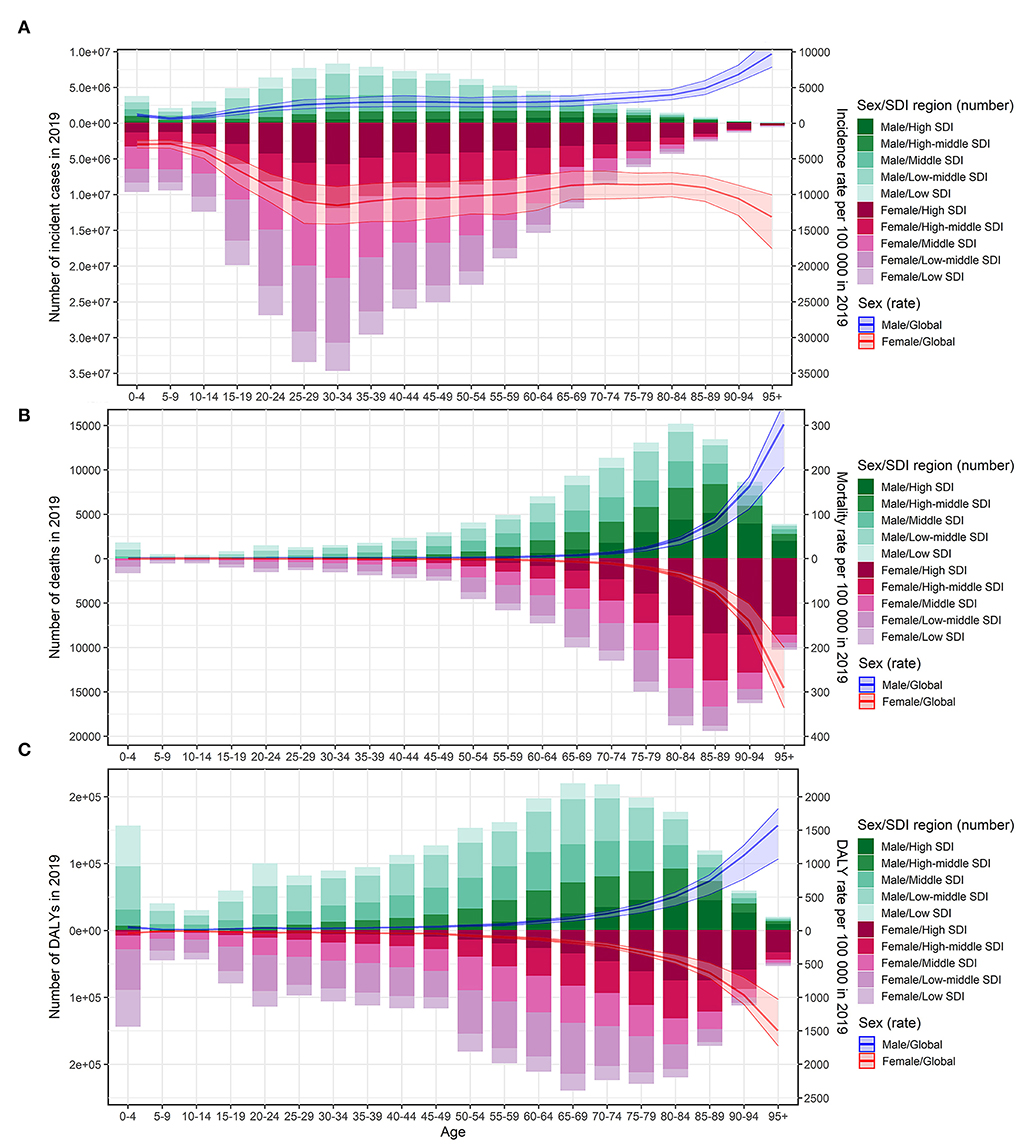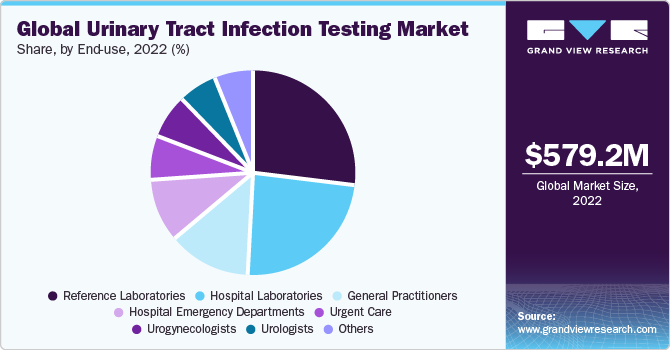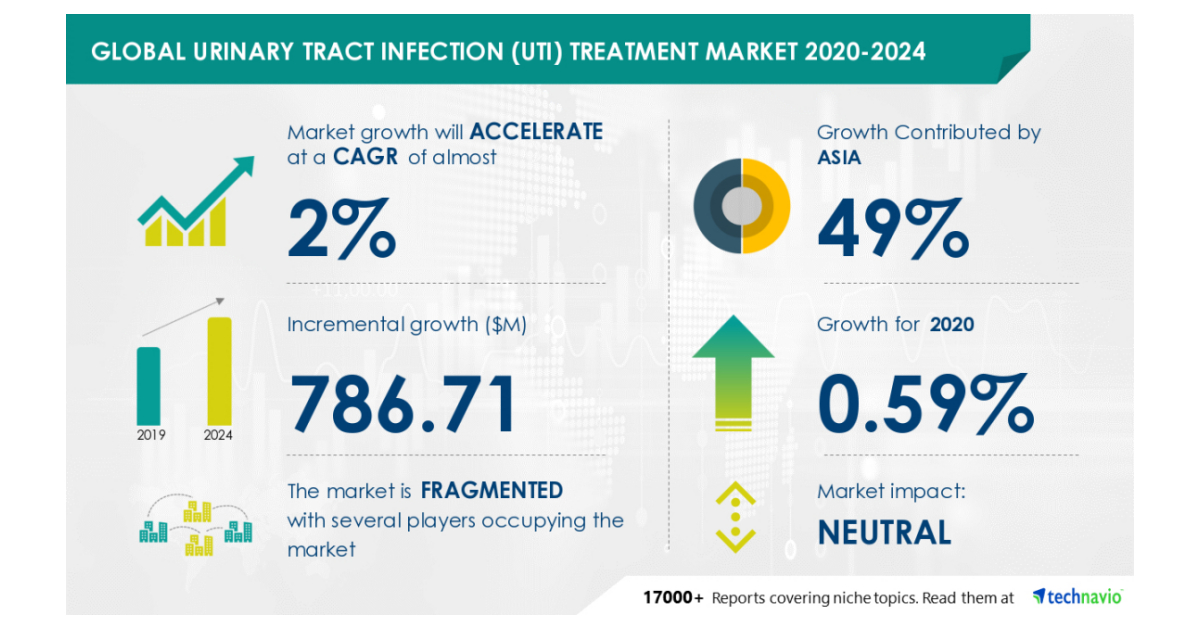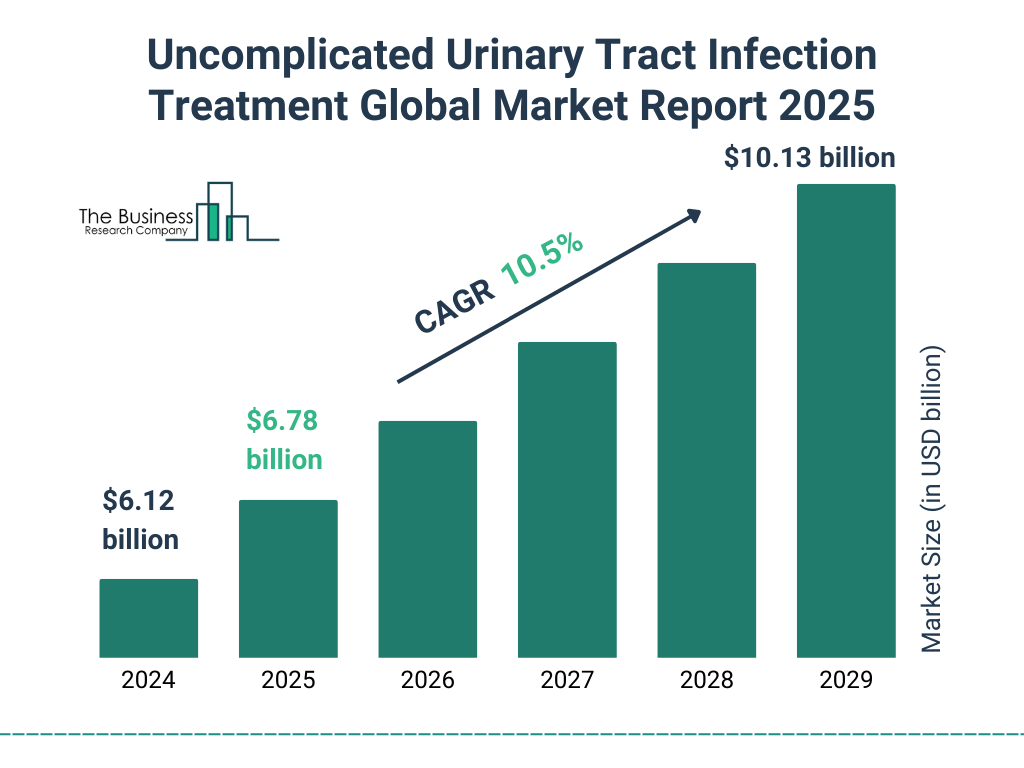Urinary Tract Infection Statistics Worldwide 2023
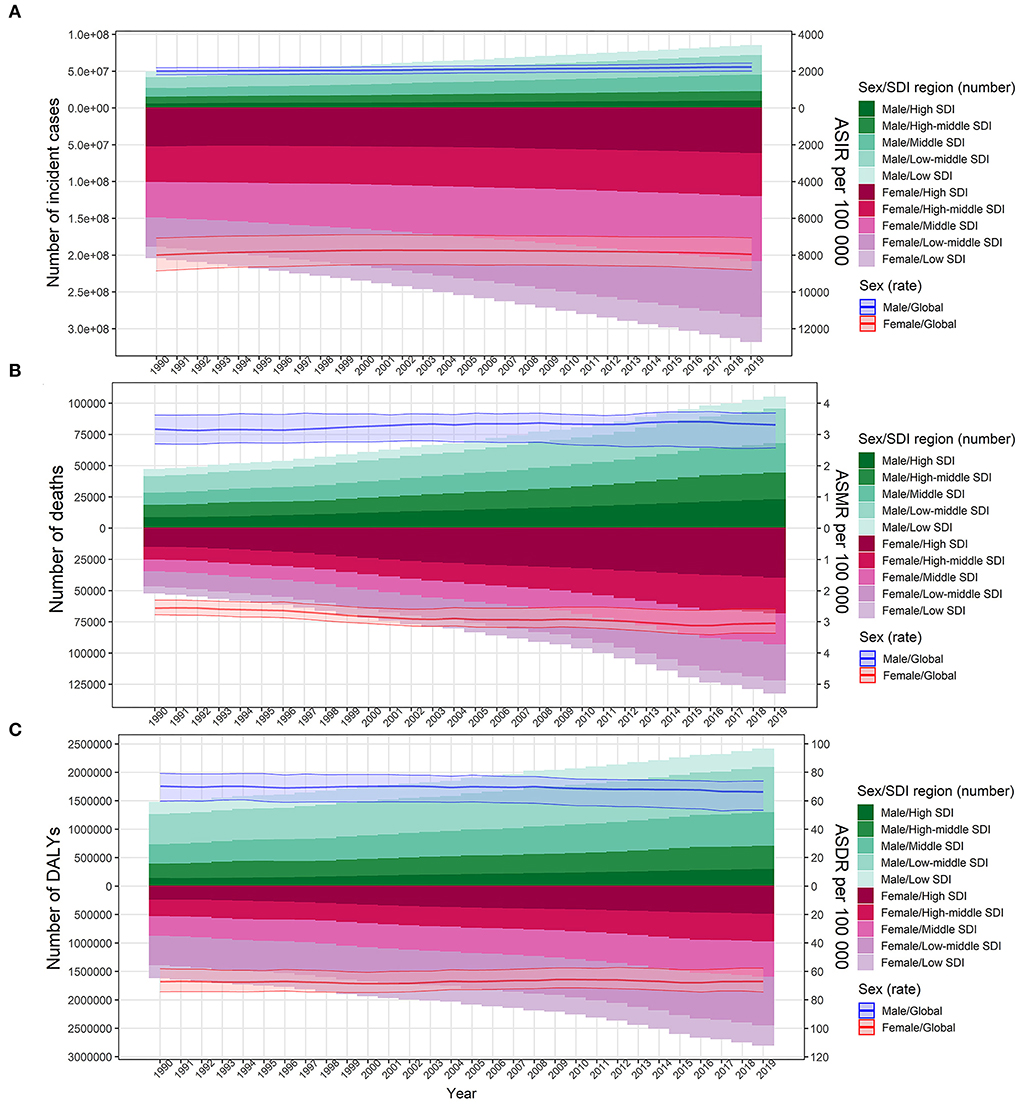
Urinary tract infections (UTIs) continue to plague global health, with 2023 data revealing a significant and persistent burden, particularly among women. New figures highlight the urgent need for improved prevention, diagnosis, and treatment strategies to combat this widespread ailment.
This report analyzes the latest global UTI statistics, focusing on prevalence, affected populations, geographical hotspots, and the rising concerns of antibiotic resistance. The aim is to provide a concise overview of the current UTI landscape and underscore the necessity for immediate action.
Global Prevalence and Incidence
Globally, UTIs affect hundreds of millions of people annually. The 2023 data indicate that over 150 million people worldwide contract a UTI each year, a number that remains stubbornly high despite existing healthcare interventions.
Women remain disproportionately affected, accounting for the majority of UTI cases. Estimates suggest that more than 50% of women will experience at least one UTI in their lifetime, with many experiencing recurrent infections.
Regional Hotspots
UTI prevalence varies significantly across geographical regions. South Asia and Sub-Saharan Africa report some of the highest rates, often attributed to factors such as inadequate sanitation, limited access to healthcare, and socio-economic disparities.
Developed nations, including those in North America and Europe, also face substantial UTI burdens. However, the challenges in these regions often revolve around antibiotic resistance and the management of recurrent infections.
Specific countries with notable UTI prevalence include India, China, and the United States. These nations report a high volume of UTI cases due to their large populations and diverse healthcare challenges.
Antibiotic Resistance: A Growing Threat
The rise of antibiotic-resistant UTIs poses a significant threat to public health. Common antibiotics, such as ciprofloxacin and trimethoprim-sulfamethoxazole, are becoming increasingly ineffective against many UTI-causing bacteria.
Data from 2023 confirms a worrying trend of escalating resistance, particularly among E. coli, the most frequent culprit behind UTIs. This resistance necessitates the development of alternative treatment options and improved antibiotic stewardship.
The World Health Organization (WHO) has repeatedly emphasized the urgent need to combat antimicrobial resistance.
"Antimicrobial resistance is an increasing threat of global concern,"stated a WHO representative in a recent briefing, highlighting the importance of prudent antibiotic use.
Impact on Specific Populations
Certain populations are particularly vulnerable to the consequences of antibiotic-resistant UTIs. These include pregnant women, the elderly, and individuals with underlying medical conditions such as diabetes.
In pregnant women, untreated UTIs can lead to serious complications, including preterm labor and low birth weight. The elderly are at higher risk of developing severe infections and sepsis, especially when antibiotic options are limited.
Individuals with weakened immune systems or chronic illnesses also face increased challenges in managing UTIs. The rise of resistant strains further complicates treatment and increases the risk of adverse outcomes.
Diagnostic Challenges and Innovations
Accurate and timely diagnosis is crucial for effective UTI management. Traditional urine culture methods, while reliable, often require several days to produce results.
Rapid diagnostic tests are gaining traction as a faster alternative. These tests can identify the presence of infection and potential antibiotic resistance within hours, allowing for more targeted treatment decisions.
New technologies, such as molecular diagnostic assays, are being developed to improve UTI detection and antibiotic susceptibility testing. These advancements hold promise for personalized treatment strategies and reduced antibiotic overuse.
Treatment Approaches and Prevention Strategies
Current treatment guidelines emphasize the importance of using antibiotics judiciously. Strategies to prevent UTIs include maintaining adequate hydration, practicing good hygiene, and considering prophylactic measures for recurrent infections.
Non-antibiotic therapies, such as D-mannose and cranberry extracts, are being investigated as potential alternatives for preventing UTIs. While the evidence is still evolving, these options may offer benefits for certain individuals.
Researchers are also exploring novel approaches, such as vaccine development and phage therapy, to combat antibiotic-resistant UTIs. These strategies could provide long-term solutions to the growing threat of resistance.
Conclusion: Call to Action
The 2023 UTI statistics serve as a stark reminder of the ongoing burden and challenges associated with these infections. Addressing the global UTI crisis requires a multifaceted approach, encompassing improved prevention, diagnostic innovation, responsible antibiotic use, and the development of new treatment strategies.
Ongoing research efforts and public health initiatives are crucial for mitigating the impact of UTIs worldwide. Continued surveillance and data collection are essential for monitoring trends and informing effective interventions.
Immediate action is needed to curb the rising tide of antibiotic resistance and safeguard the health of vulnerable populations. A collaborative effort involving healthcare professionals, researchers, policymakers, and the public is paramount to achieving meaningful progress in the fight against UTIs.
